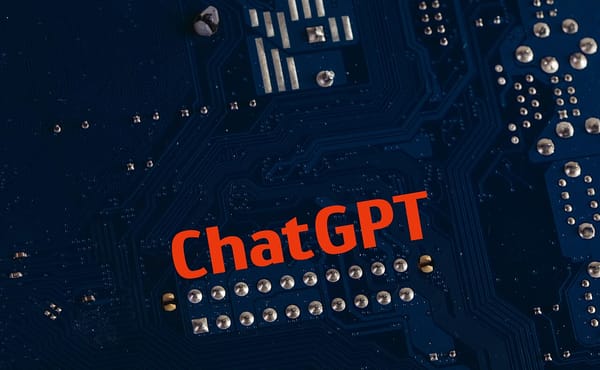Russian hackers suspected of sabotaging dam in Western Norway
Canadian House of Commons is probing a 'significant' data breach, North Korean hackers unmasked by leak to ZachXBT, Court rules that FCC data breach rules are legal, US AG sues Zelle for allegedly enabling scammer fraud, UK gov't spent $3.2m to keep Afghan breach secret, much more





